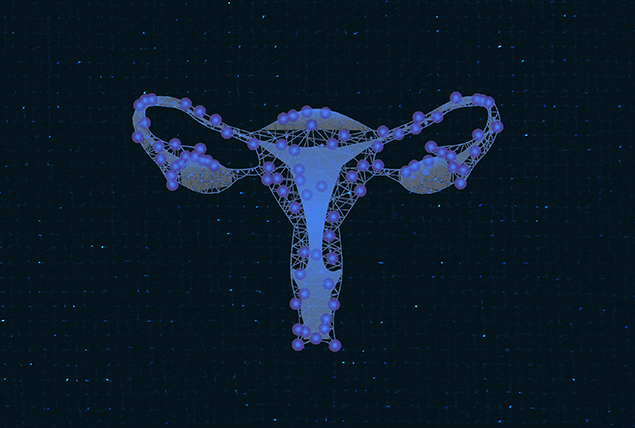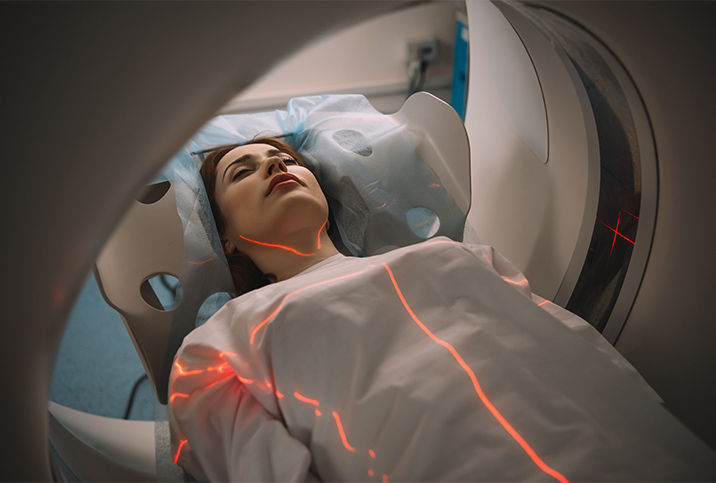Researchers Create First-Ever Cellular Map of Endometriosis

Endometriosis—an inflammatory condition where cells similar to the uterine lining grow outside the uterus—affects an estimated 1 in 10 women, girls and transgender people of reproductive age. As common as diabetes, the disease affects an estimated 8 million to 9 million people in the United States and more than 200 million worldwide.
People who develop endometriosis can experience multiple symptoms—including chronic pain, inflammation, lack of energy, depression, feelings of isolation, excessive bleeding and fertility issues—or no symptoms at all. The cause of the condition remains unknown.
Despite its prevalence, endometriosis remains insufficiently researched, in part, because a lack of cellular data has impeded the development of effective treatments, according to Kate Lawrenson, Ph.D., an associate professor in the department of obstetrics and gynecology at Cedars-Sinai Medical Center in Los Angeles.
Mapping endometriosis
Lawrenson, along with a team of researchers, surgeons and pathologists, decided to help close the research gap. The team was able to create a "vast cellular atlas" of endometriosis, essentially, a first-ever roadmap of all the different cell types that contribute to the condition. To create the detailed genetic map, the team utilized a new technology called single-cell genomics, which enabled them to study the profile of the disease one cell at a time.
"[Single-cell genomics] is really essential for a disease like endometriosis where there are lots of different cell types conspiring together to cause patient symptoms," Lawrenson explained. "We need to be looking at the cells one at a time. We need that level of precision to understand, to discover what's the steering wheel for this disease."
By analyzing about 400,000 individual cells from patients with and without endometriosis, the researchers were able to identify the molecular differences between the different subtypes of endometriosis, for example, endometriosis in the ovary versus endometriosis in the pelvic cavity. They published their findings Jan. 9 in the journal Nature Genetics.
How the genetic atlas helps
"Long term, we want to use that information to find new ways to diagnose this horrible disease more quickly…because that's a real need," Lawrenson said. "And also offer new treatment options to patients because they really don't have many options right now."
Current treatments for endometriosis—such as contraceptives and pain medications—tend to focus on "quieting" endometriosis down instead of removing the condition, she added.
"There are downsides to all these options," she continued. "They don't have a lot of precision, and we can't predict who's going to have the best responses to different interventions. We need more options for patients. Doctors need more tools in their tool kits. It's as simple as that."
Lawrenson calls the cellular atlas a "game changer" she hopes will lead to more efficient and effective treatments and, one day, a cure.
"It would be wonderful if we could develop a medicine that could help destroy the lesions without the need for surgery," she said. "I think we're a long way off from that, but the study we've done is a huge step in the right direction."


















